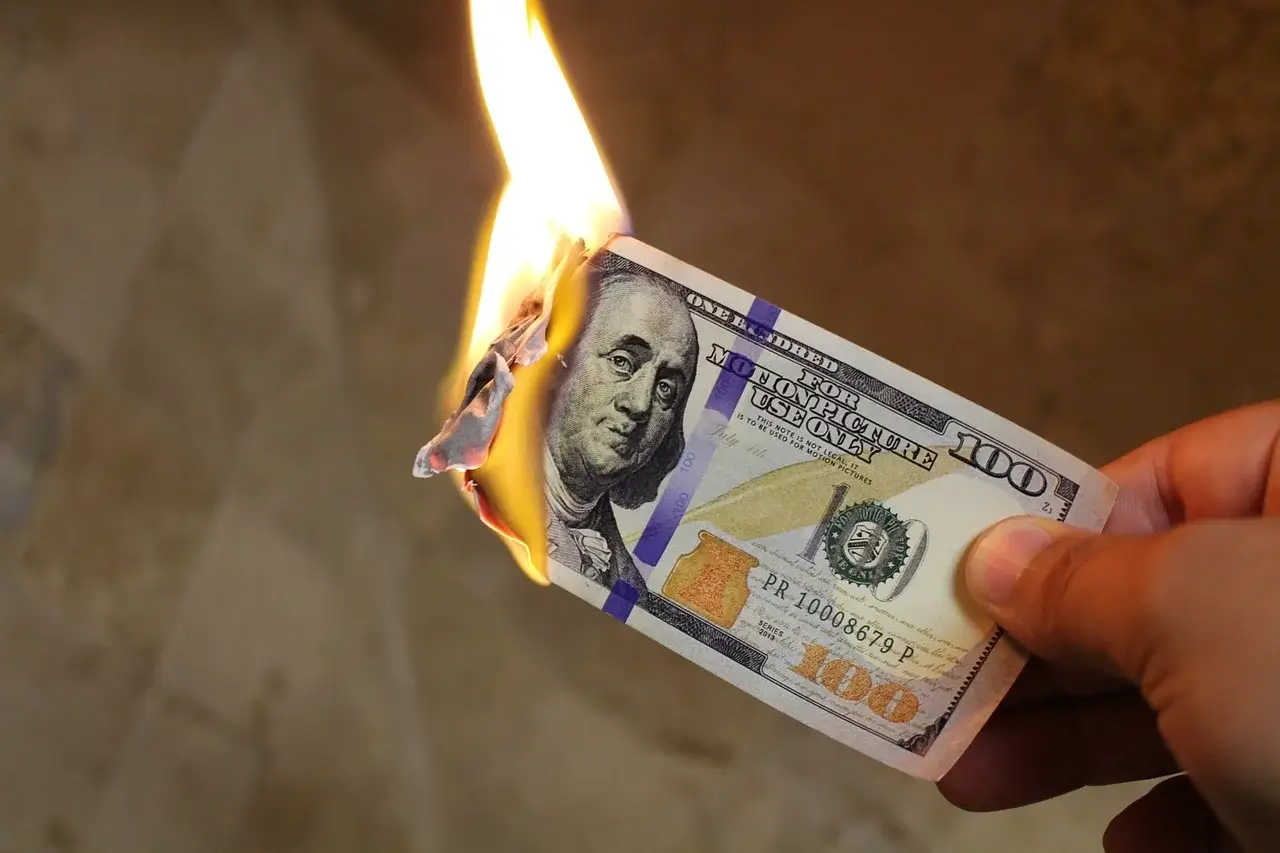Billionaire Investor Sees Dollar Crash If Key Support Breaks
18.06.2025 15:00 1 min. read Alexander Stefanov
Jeffrey Gundlach believes the greenback is tiptoeing along its final line of support. In a recent webcast, the DoubleLine Capital founder highlighted a chart that links the dollar index’s 2011 trough near 72 to its 2021 low around 89.
That diagonal has contained every bout of weakness for fourteen years, yet the DXY now hovers just above 98—barely one point above the level that, in Gundlach’s view, would inaugurate a bona fide bear market.
The billionaire bond investor noted the index’s long-running pattern of lower highs that dates back to the Plaza Accord era. If the current floor at roughly 97 gives way, he projects a spiral that could drag the dollar below its 2011 nadir, amounting to a decline of roughly 25 percent.
“That would mark the real beginning of a dollar bear market,” he told listeners, calling the prospect “surreal.”
Gundlach added that the unusual behaviour of U.S. stocks, Treasuries, and the dollar this year reflects deeper anxiety over Washington’s ballooning deficits.
Foreign holders of trillions in U.S. assets, he warned, may reconsider their exposure if confidence in America’s fiscal trajectory erodes further—potentially accelerating any slide in the currency.
-
1
Jamie Dimon Warns U.S. Risks Losing Dollar Dominance Without Swift Reform
02.06.2025 8:00 1 min. read -
2
Elon Musk Says Congress Is Bankrupting America
04.06.2025 14:00 2 min. read -
3
Trillions in Debt Payments Could Break U.S. Economy, Ray Dalio Predicts
06.06.2025 12:00 1 min. read -
4
Trump Defends Tariffs as Legal Battles and Global Trade Talks Escalate
03.06.2025 21:00 2 min. read -
5
Wall Street Veteran Warns Tariffs Could Disrupt AI-Driven Market Rally
05.06.2025 12:00 1 min. read
Trump Targets Fed Over Missed Rate Cut Opportunity
The fallout from the Federal Reserve’s latest decision to hold interest rates steady has reached the political arena, with U.S. President Donald Trump launching a fierce attack on Chair Jerome Powell.
Fed’s New Projections Hint at a Slower Easing Cycle Through 2026
The Federal Reserve left its target range at 4.25–4.50 percent for a fourth straight meeting and quietly dialed back how much easing it expects through 2026.
UK Inflation Stalls at 3.4%, Spotlight Shifts to BoE’s August Meeting
Britain’s cost-of-living pulse barely budged in May, with headline CPI stuck at 3.4%—the same pace (after correction) seen in April, the Office for National Statistics said on Wednesday.
Fed Holds Fire on Rates, Signals Cuts Could Arrive if Jobs Falter
After wrapping up a two-day policy meeting, the Federal Reserve left its benchmark rate unchanged near 4.4 percent—exactly what markets had penciled in.
-
1
Jamie Dimon Warns U.S. Risks Losing Dollar Dominance Without Swift Reform
02.06.2025 8:00 1 min. read -
2
Elon Musk Says Congress Is Bankrupting America
04.06.2025 14:00 2 min. read -
3
Trillions in Debt Payments Could Break U.S. Economy, Ray Dalio Predicts
06.06.2025 12:00 1 min. read -
4
Trump Defends Tariffs as Legal Battles and Global Trade Talks Escalate
03.06.2025 21:00 2 min. read -
5
Wall Street Veteran Warns Tariffs Could Disrupt AI-Driven Market Rally
05.06.2025 12:00 1 min. read

